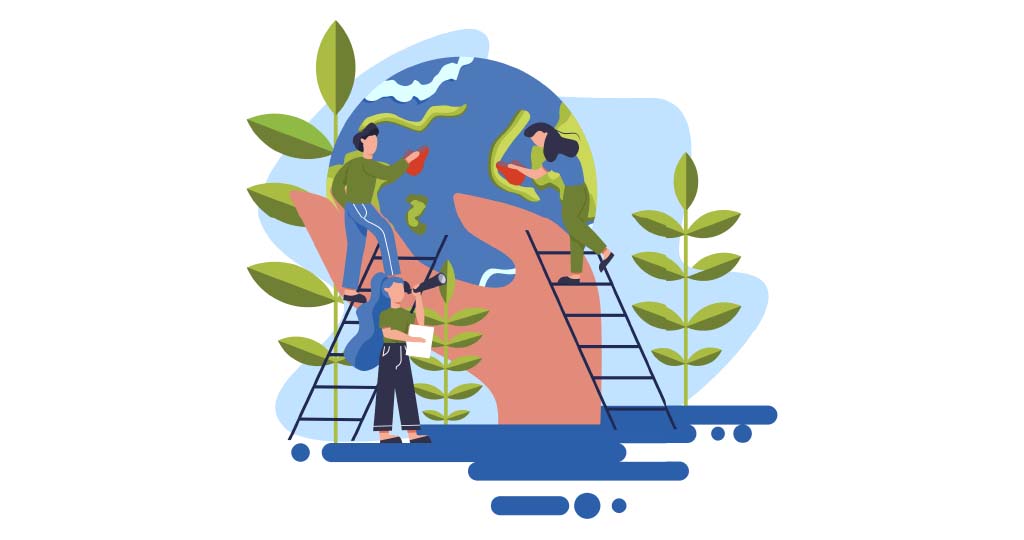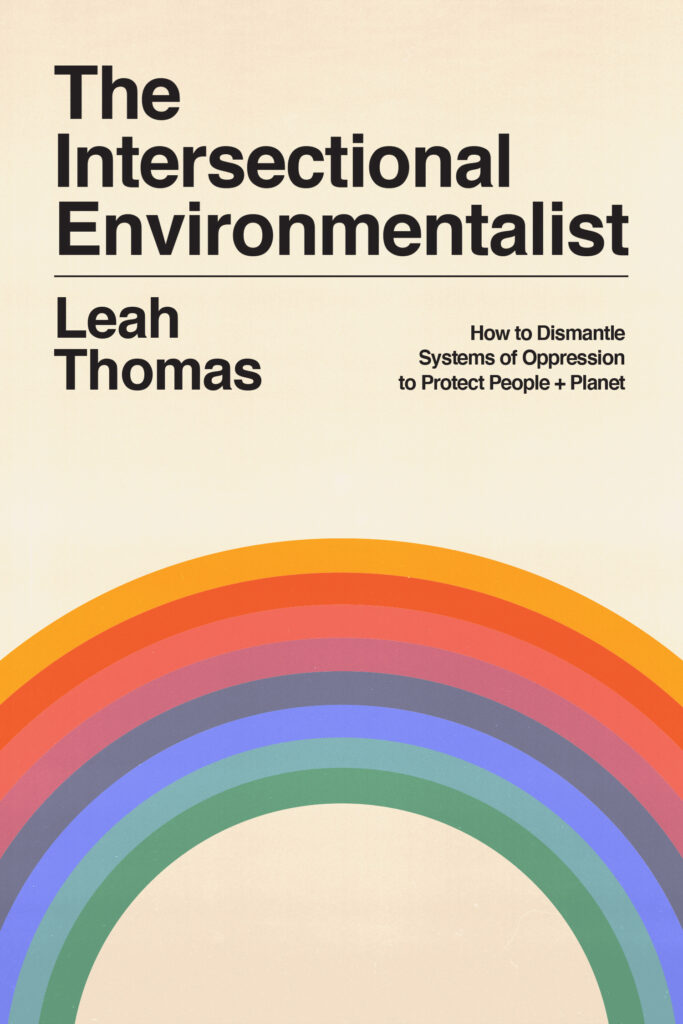How To Integrate Intersectional Environmentalism Into Our Town

Intersectional Environmentalism, is a term that may seem new to most people. It was first coined in 1989 by race and gender scholar and civil rights lawyer Kimberlé Crenshaw. She mostly focused on intersectionality and how different identities can intersect with different issues. Leah Thomas, a youth activist and author of “Intersectional Environmentalist” has most recently paved the way for this term to be taken seriously.
Essentially Intersectional Environmentalism is how we treat marginalized communities and is a reflection of how we treat our planet. We can’t truly solve climate change without addressing the issues that involve marginalized groups. Not only that but we can’t make change without listening and raising the voices of underrepresented peoples, Native Americans have been climate activists for hundreds of years. They have been actively trying to protect the land and educate people. By listening to Native Americans and other marginalized groups we can learn how to take care of our people and our environment. It’s about listening to all the voices, and all the perspectives to be able to work together and make changes for a better future.
Intersectional Environmentalism is an inclusive version of environmentalism that advocates for both the protection of people and the planet. It identifies how injustices happening to marginalized communities and the earth are interconnected. It brings injustices done to the most vulnerable communities, and the earth, to the forefront and does not minimize or silence social inequality
- Leah Thomas Tweet


Environmental issues directly affect communities of the lower class who are closer to places like landfills, factories, and many harmful chemicals. This also affects communities of color directly, often having the worst air quality, and water quality. In these communities there are studies done to show that these areas have disproportionately high rates of health problems, including cancers, lead poisoning, and breathing-related issues like asthma. Not only do climate issues affect marginalized communities but they also affect immigrants who are left with low-protection and high-risk jobs that can be dangerous for their health and well-being. People with disabilities are hit hard by climate issues, not only that but they also deal with huge disadvantages politically, economically, and socially. All of this makes them vulnerable to the impacts of climate change.
Empowering Youth- The youth is our future supporting the youth and encouraging them to follow their dreams, have a voice, and be given a chance is an important step in improving our future. Giving youth the tools to create, and be involved in arts and their communities can dramatically improve our issues. Places like Earth Guardians and The Climate Initiative are great examples of youth-led actions as well as great tools.
Urban Farming- A huge way to help make our world a better place is by educating people about food security, and food safety as well as providing a space where people can grow and use what they learned. It helps people who don’t have access to fresh food and food education in urban areas learn what everyone deserves to learn. An example of places like it is our very own Spruce Street Community Garden.
Environmental Action- Providing youth with a place to participate in climate action with the goal of listening to all the voices and ideas and giving everyone a platform is a very important solution. By listening to all the voices in climate action projects you are not putting any issues away. The goal is to address all climate and social issues because they go hand and hand and not leave anyone behind. Earth Island Institute and Willimantic Branch Environmental Justice Committee are great places to get information on social and climate justice.
Like this article?
Leave a comment
About Author

I am a college student and am currently working towards my marine biology degree. My goal is to become a shark biologist or do scientific research on the ocean. I previously published a children’s book titled “Our Beautiful World” to encourage kids to be curious and appreciative of the environment and the people around them. I currently run @prjectfin on Instagram where I educate and create posts on important topics about our planet. My hope is to encourage others to get educated, do better for our planet and maybe even impact the world for a better future.
- Fun Fact #1 I do taekwondo in my free time.
- Fun Fact #2 I have over 13 plants in my room the biggest one being the Monstera.
